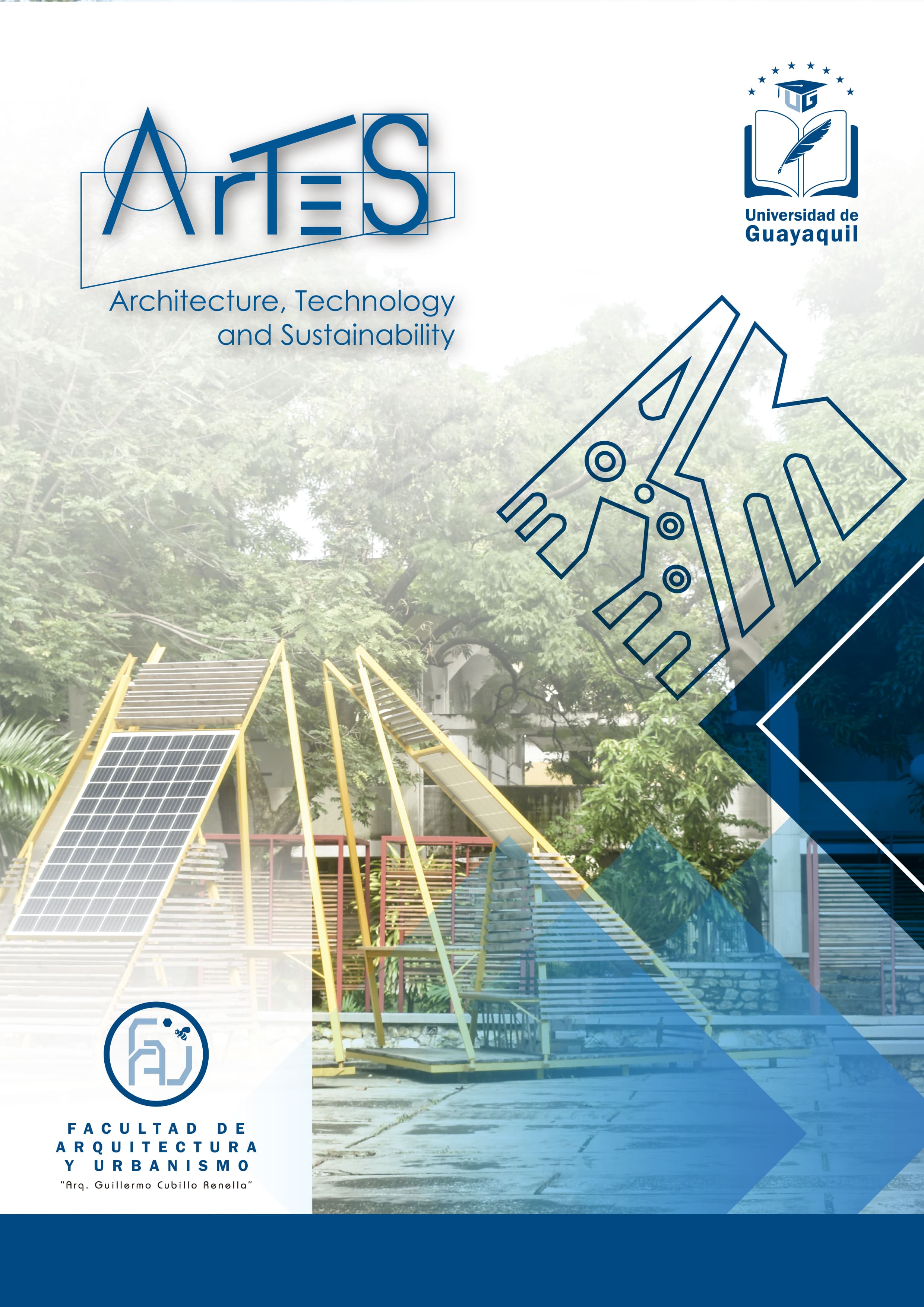Abstract
Guayaquil is one of the cities with a high rate of deficiencies in terms of pedestrian and vehicular mobility; it is essential to focus on the fact that the city's mass transportation and its urban environment need to change in order to mitigate the high incidence of pollution and promote sustainable transportation, creating places, plazas and connection centers for pedestrians. A solution to the lack of parking, walkable public space and multimodal and accessible mobility is proposed. The proposal is based on presenting recreational and leisure spaces for citizens through a pedestrian route where the focus is on Avenida 9 de Octubre, to motivate the use of public spaces free of vehicular pollution to take advantage of the city's heritage facilities. At the same time, it proposes an approach to its most emblematic buildings, which have been restored without losing the individuality that makes them representative. The purpose of the project is to promote a connecting plaza is created, with the different public spaces that are located on the main road that connects Av. 9 de Octubre with the Malecón 2000 and its surroundings. The detailed exploration of theoretical tools, based on the methodology of Jan Gehl, and the investigative approaches of Pin Guerrero, point to a strategic proposal of mixed character, presenting a connection of patrimonial nodes oriented to divert the vehicular collapse that exists on the avenue, and creating a central esplanade that is complemented with urban furniture and green areas.
References
M. I. C. C. d. Guayaquil, «PUNTO 8, Municipio de Guayaquil,,» 2020-03-12 DAJ-IJ-2020-3262 Guayaquil, Vols. %1 of %22020-03-12 DAJ-IJ-2020-3262, 2008.
M. C. Cordona, "Dictionary of Architecture and Urbanism," Trillas. Available: https://books.google.com.pe/books/about/Diccionario_de_arquitectura_y_urbanismo.html?id=gtoHAgAACAAJ, 1999.
C. A. S. Moncayo, "Guayaquil, city of arcades: a reflection on its importance and current use," PASOS Journal of Tourism and Cultural Heritage, vol. 13, no. 3, p. 681–696, 2015.
C. Urazán, "The Role of Underpasses as an Alternative in Current Urban Planning Schemes." Bogotá, 2013.
UNESCO, "UNESCO INDICATORS OF CULTURE FOR DEVELOPMENT," . [Online]. Available: https://es.unesco.org/creativity/sites/creativity/files/iucd_manual_metodologico_1.pdf, 2017.
K. Lynch, "Imagen de la ciudad," Gili Editorial S.A., Gustavo. Available: https://taller1smcr.files.wordpress.com/2015/06/kevin-lynch-la-imagen-de-la-ciudad.pdf, 2015.
H. Arce-Cavallini, "Alternatives to Improve Urban Circulation," [Online]. Available: http://revista.uaca.ac.cr/index.php/actas/article/view/854/1125, 2000.
]. J. G. and J. Décima, "Cities for the People," [Online] Available: https://www.academia.edu/62040302/Jan_Gehl_Ciudades_para_la_gente, 2018.
J. L. and A. Gonzales, "TECHNIQUES AND INSTRUMENTS OF SCIENTIFIC RESEARCH APPROACHES CONSULTING EIRL," [Online]. Available at: www.cienciaysociedad.org.

This work is licensed under a Creative Commons Attribution-NonCommercial-NoDerivatives 4.0 International License.
Copyright (c) 2023 Jeniffer Velez, Nathaly Aguilar
